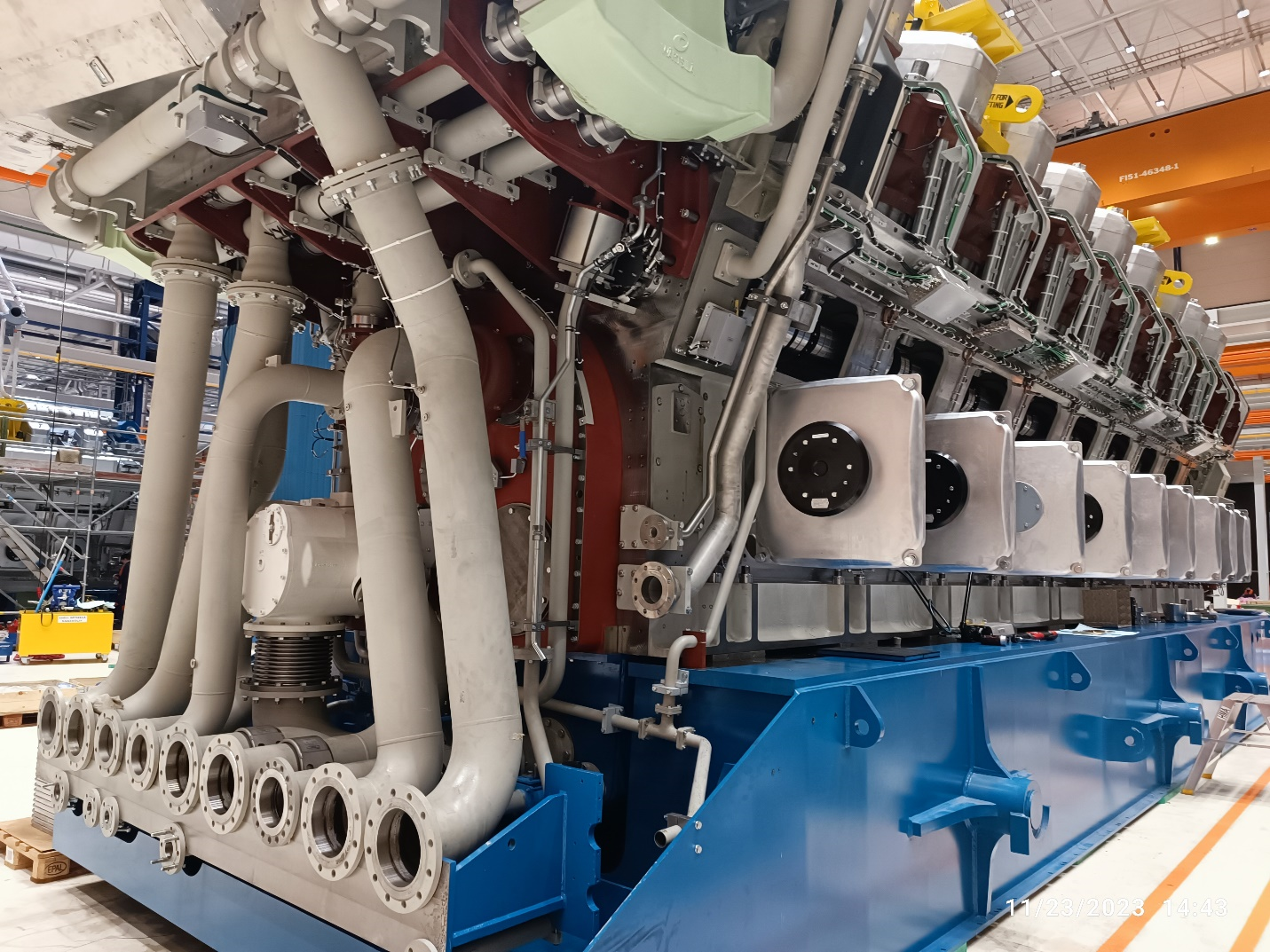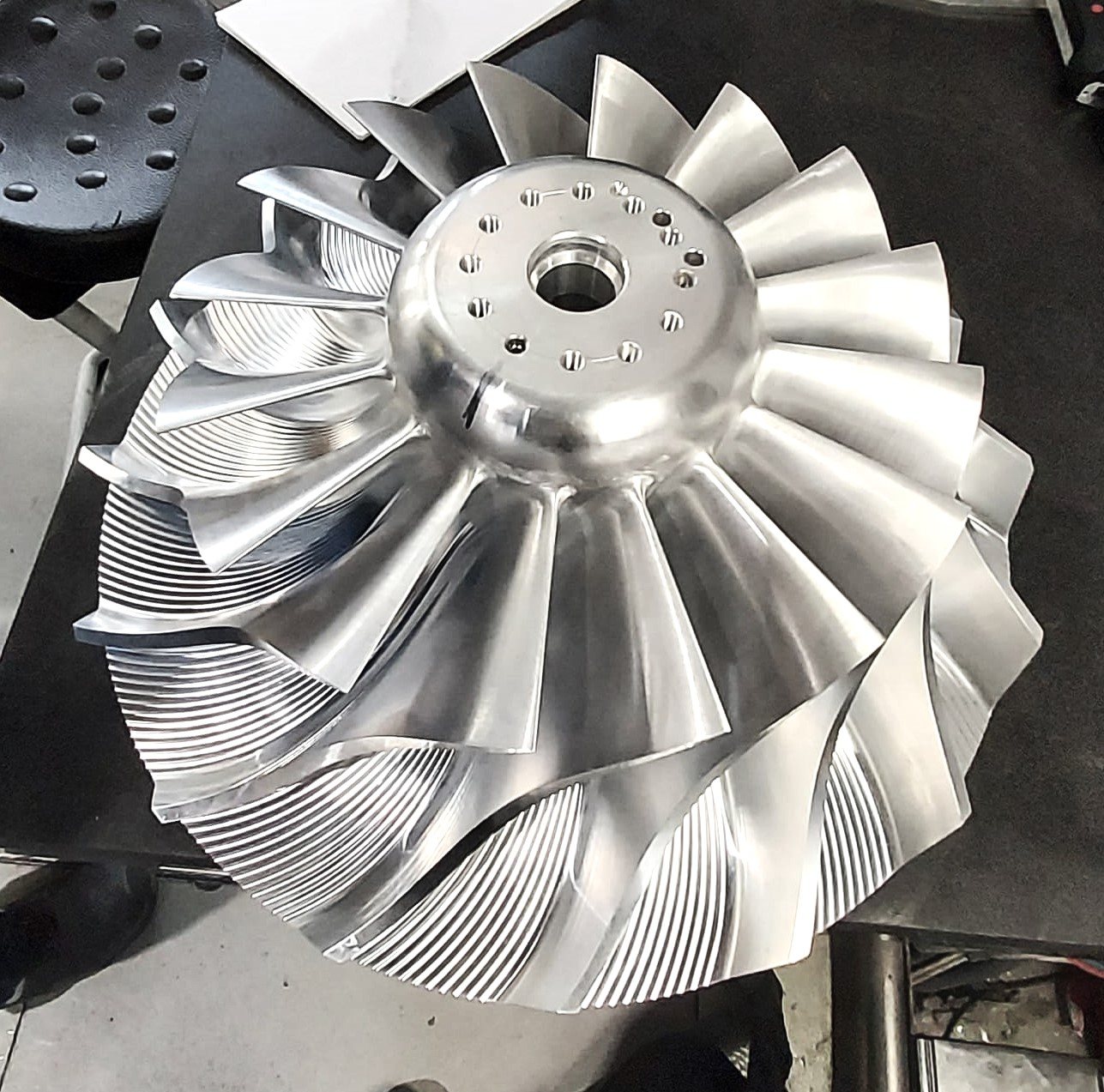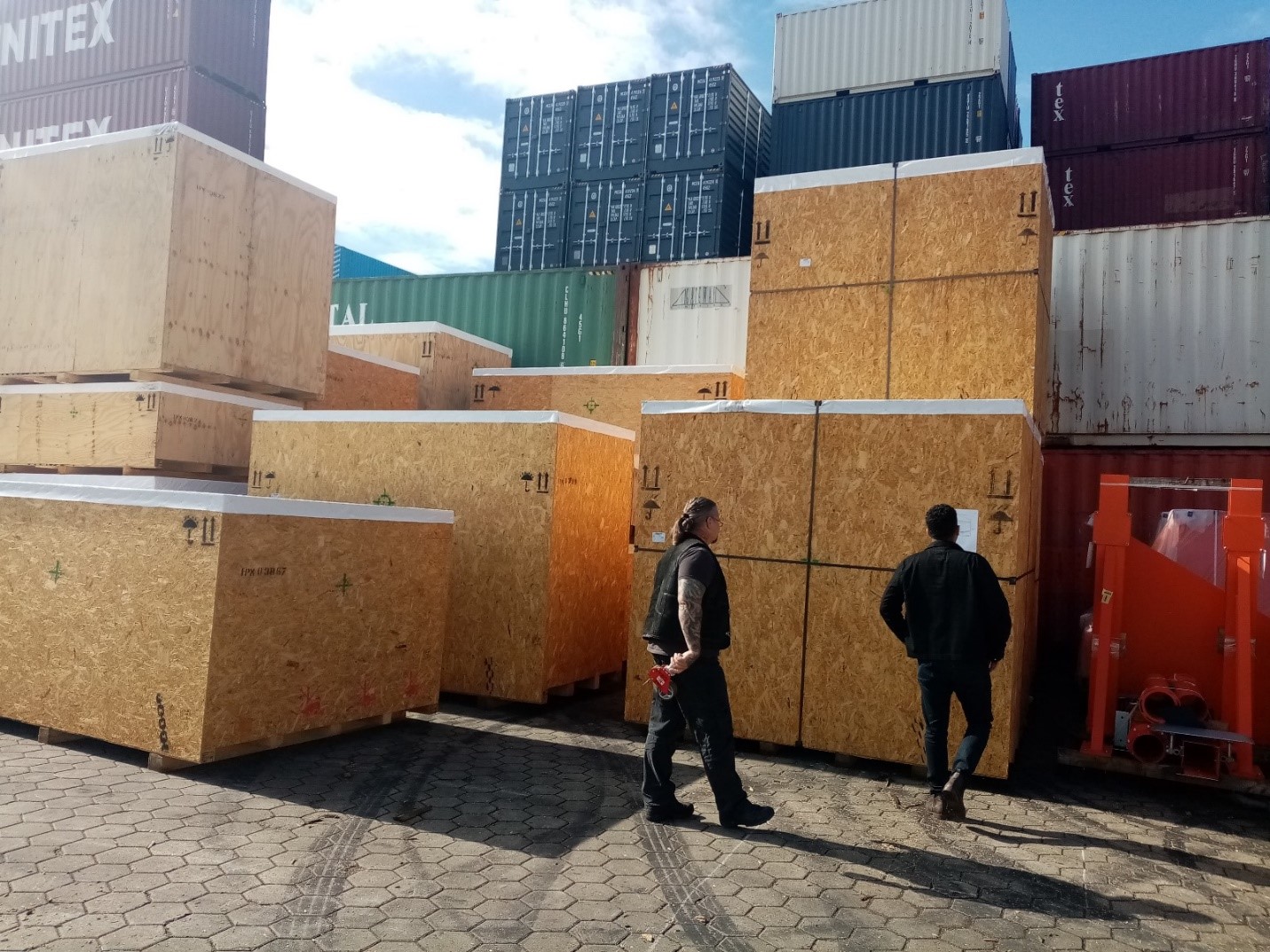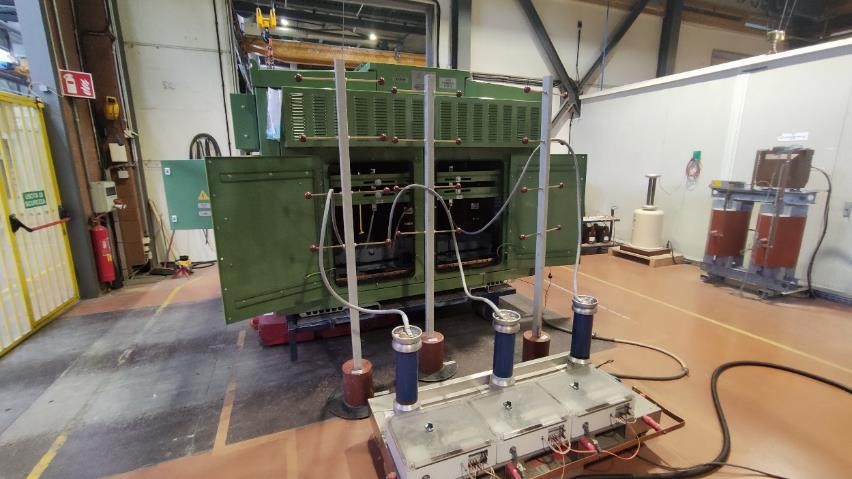Centrifugal compressor inspection is applied on the various steps and parts of the compressor under the presence of the TPI inspector. In the previous article “Centrifugal compressor testing” some important tests were described. Performance and mechanical run tests, which are applied on the mounted compressor to ensure the efficiency and operational parameters have complied with the technical specification and standard.
1- Test Stand
1.1. Performance test:
- Expander:
The expander isentropic efficiency is calculated for the performance test case corresponding to the U/C0 value of the design guarantee point. For that point, the test expander isentropic efficiency, according to API 617 shall meet at least 98 % of the predicted efficiency at the certified point. - Compressor:
According to API 617, the compressor shall deliver at least 98 % of the normal head at the normal capacity. The compressor power at the normal condition shall not be more than 106 % of that available from the expander, nor shall it be less than 96 % of that available from the expander.
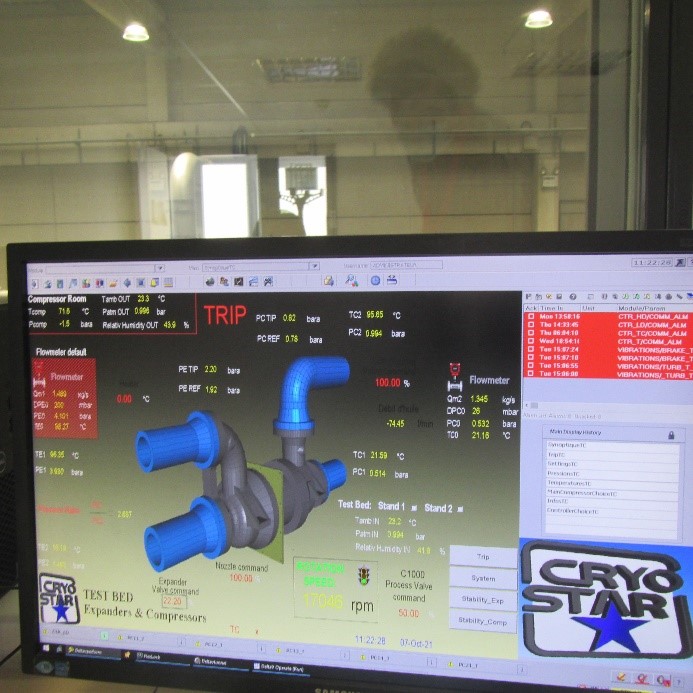
1.2. What is the Mechanical run test?
During the centrifugal inspection the Integrity of the compressor is checked on the mechanical run test. The compressor is run under stable conditions and it should be working properly, without any leakage or abnormal condition. The parameters are measured and recorded by the measuring instruments.
During the mechanical running test, the mechanical operation of all equipment being tested and the operation of the test instrumentation shall be satisfactory. The equipment measured unfiltered vibration shall compare against the acceptance limit, which is specified in the standard or technical specification.
Before and after the 4-hour run, synchronous vibration amplitude and phase angle versus speed for deceleration is plotted. Both the synchronous (one per revolution) and overall vibration levels are plotted. The test results along with the inspection report are sent to the purchaser by the technical inspector and on the other hand, are gathered on the final book of the produced compressor.
1.3. Unbalance response test:
Unbalance response verification test should be compared with the analytical model specified in the standard.
1.4. Bearing inspection:
All hydrodynamic bearing shall be removed, inspected, and reassembled after the mechanical running test is completed.
1.5. Assembled Compressor Gas Leakage Test:
After the mechanical running test is completed, each completely assembled compressor casing intended for toxic, hazardous, or flammable service shall be tested for any leakage by pressurizing with an inert gas to maximum sealing pressure or the maximum seal design pressure.
2- Centrifugal compressor inspection- BASEPLATE:
The baseplate is controlled to be ensured the requirements of the standard and purchase technical specification have been passed. According to the API 617 the welding on the base plate, non-pressure ducting, lagging and control panels shall be performed by qualified welders in accordance with an appropriate recognized standard such as AWS D 1.1 or ASME Section IX.
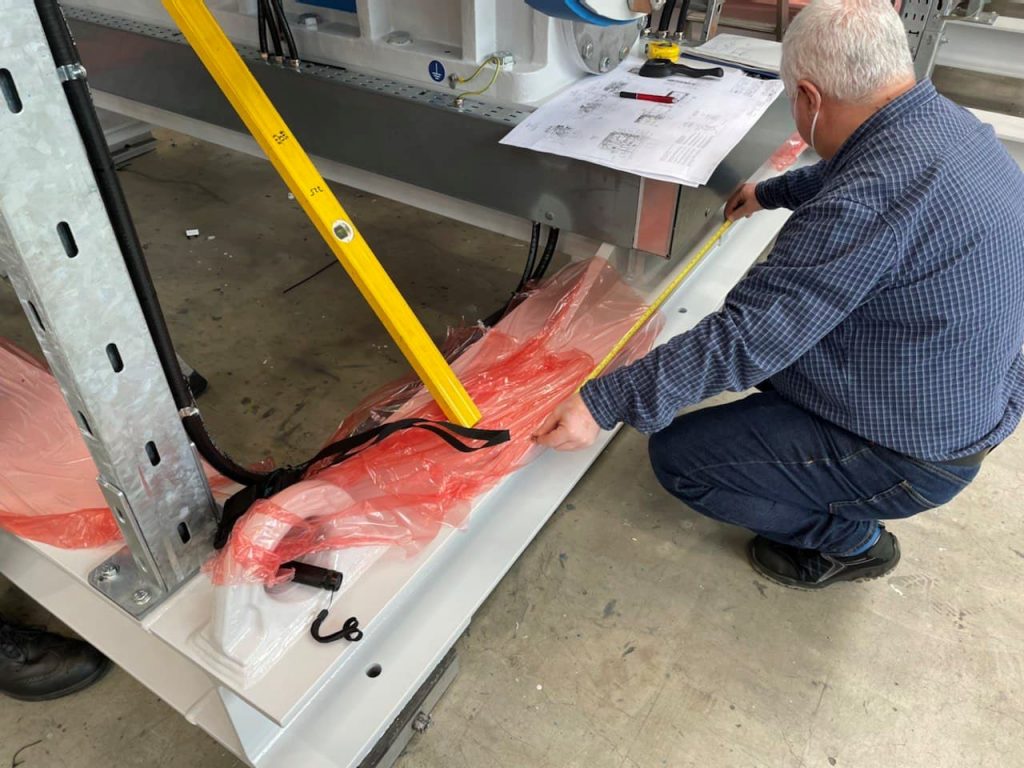
Material Conformity is controlled according to the technical specification of the order and in the case of specified surface crack test – PT / MT should be carried out according to the specified intervention and standard ITP/QAP.
2.1. Color code and coating thickness (DFT):
The RAL code of the applied paint on the base plate is checked by the third-party inspection representative based on the purchase specification. Moreover, the dry film thickness of the coating should be checked and approved in comparison with the specified acceptable range of the specified thickness.
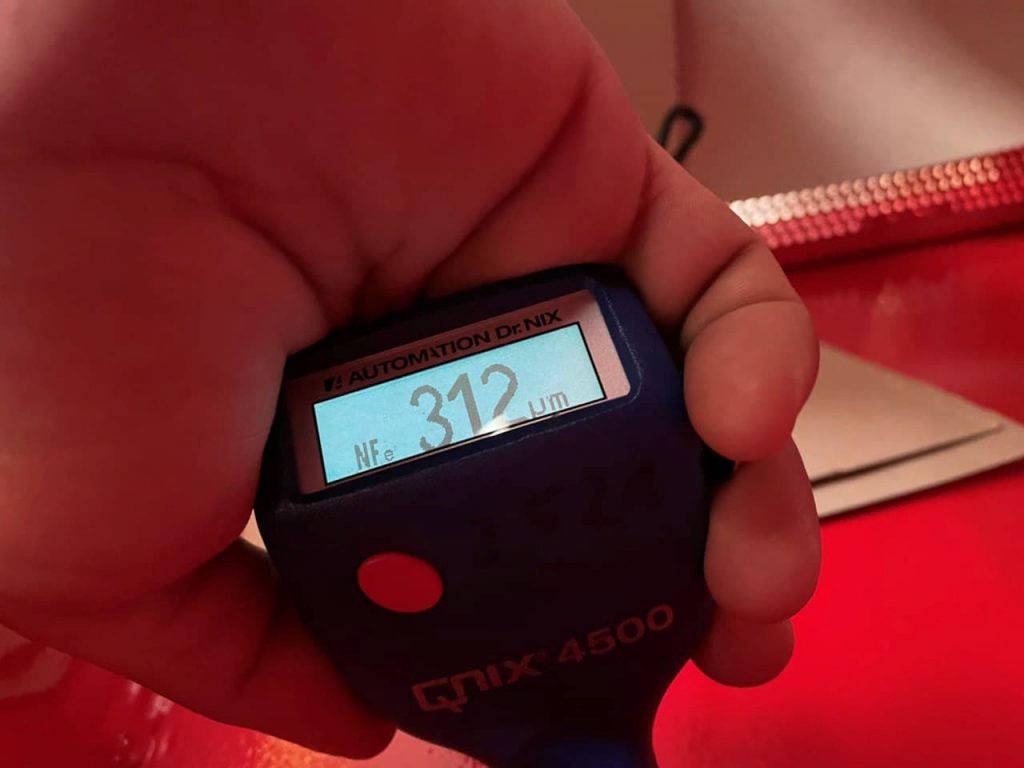
2.2. Visual and dimensional examination:
The base plate is inspected visually for any surface imperfection and contamination, dirt, painting, or welding imperfections. The observed deviation is repaired by the manufacturer and finally checked by the inspector.
The base plate shall in accordance with the datasheet/drawings and standard requirements.
In the next article, the activities of the TPIA on the LUBE OIL system of the centrifugal compressor will be described.
